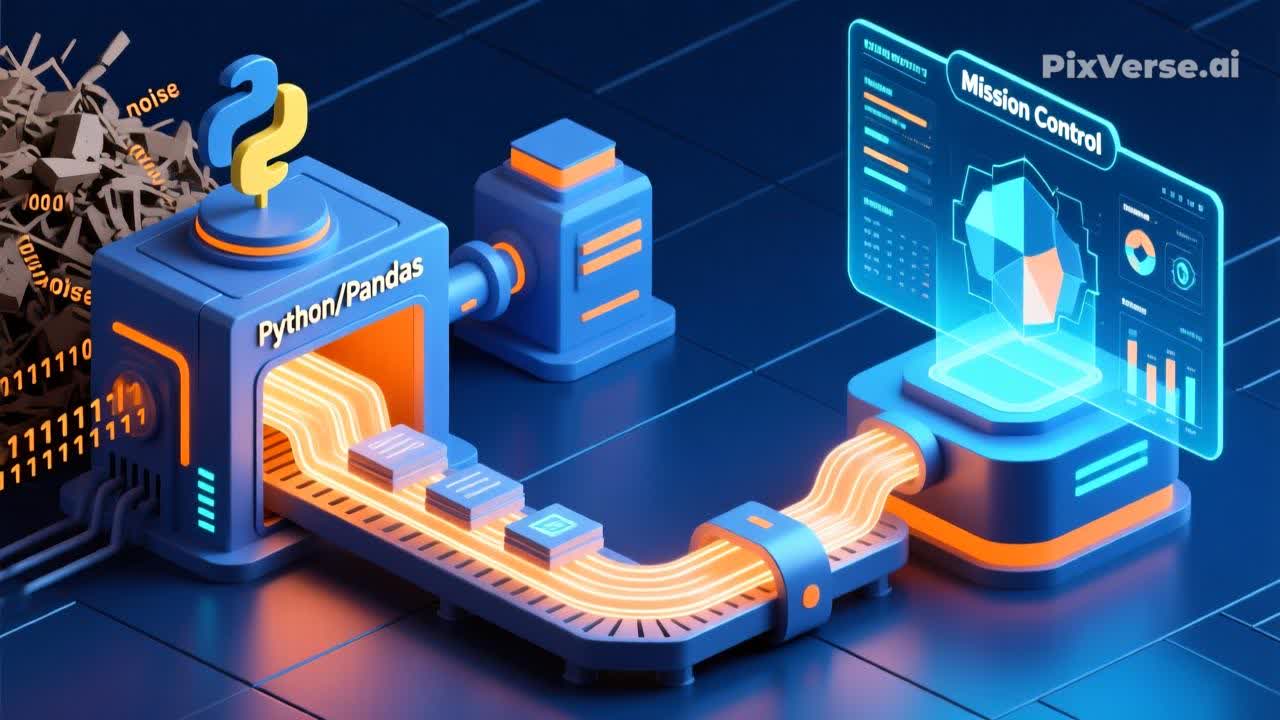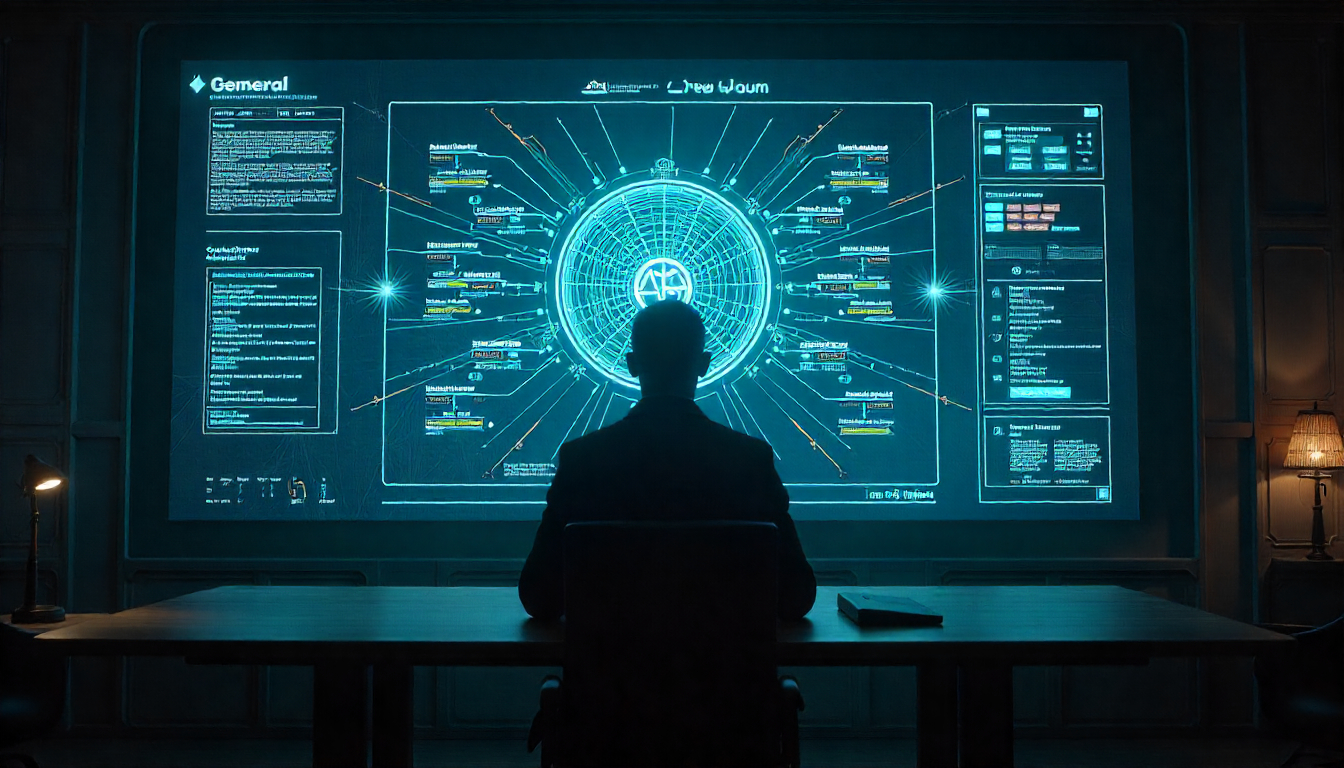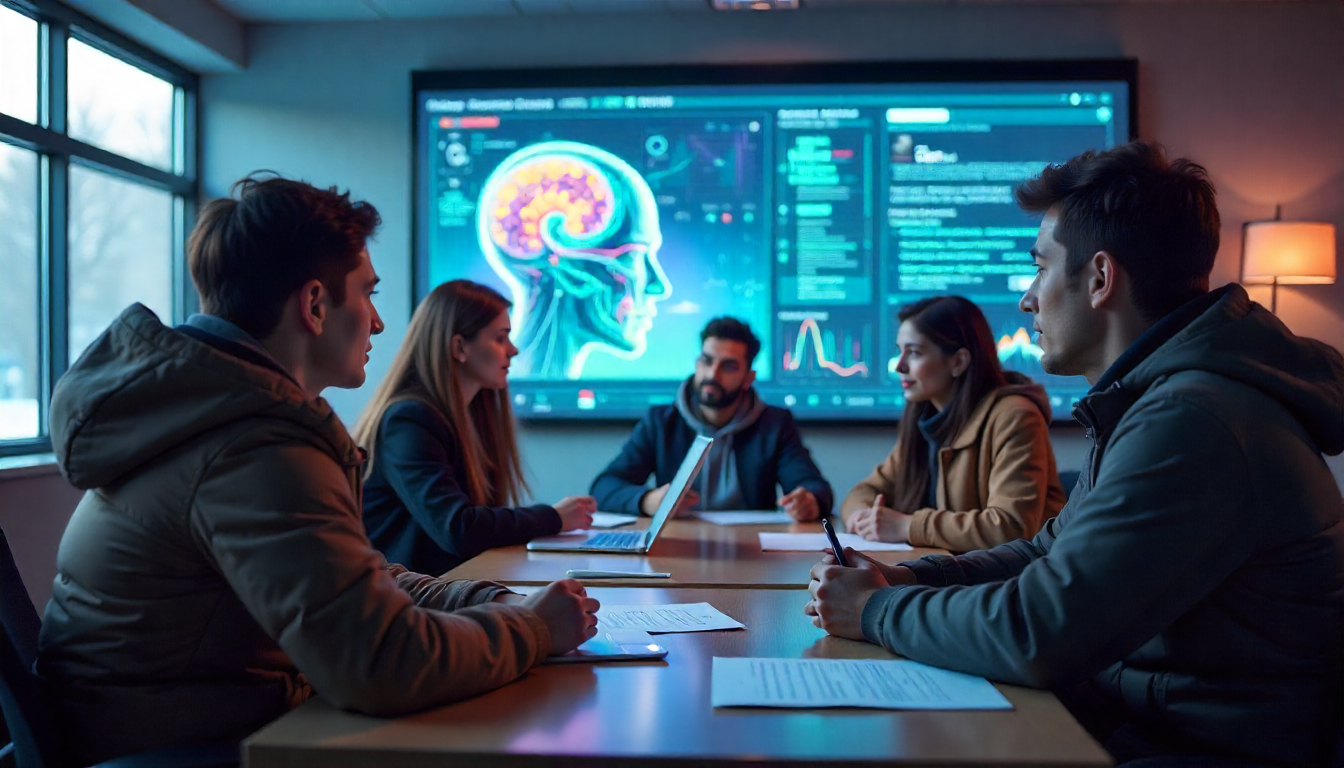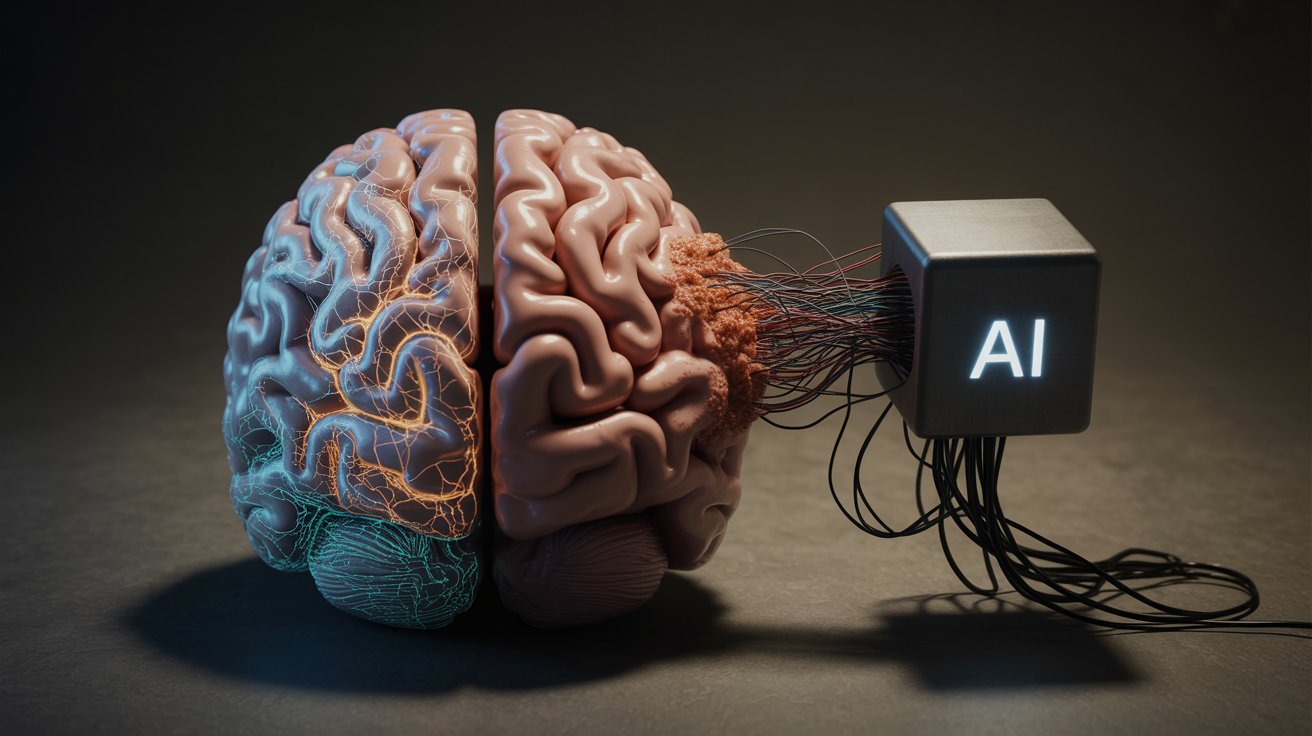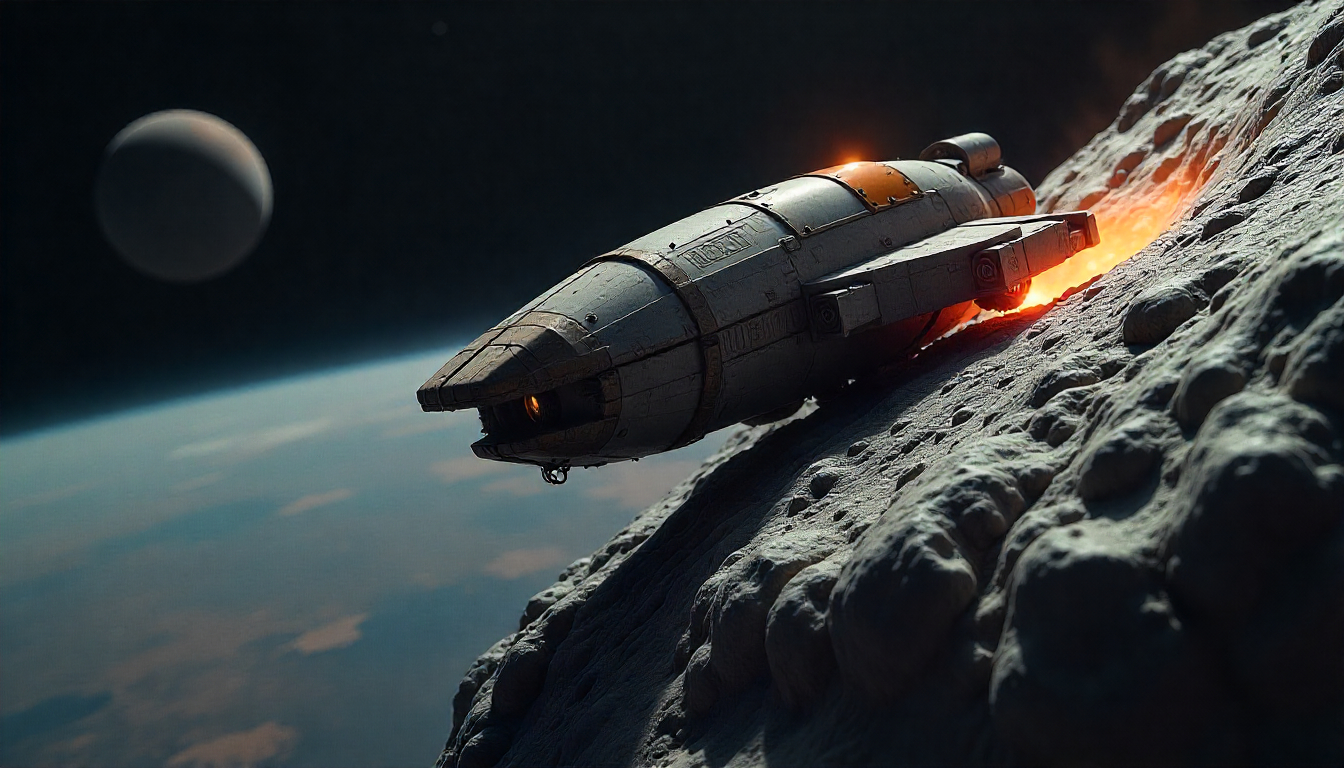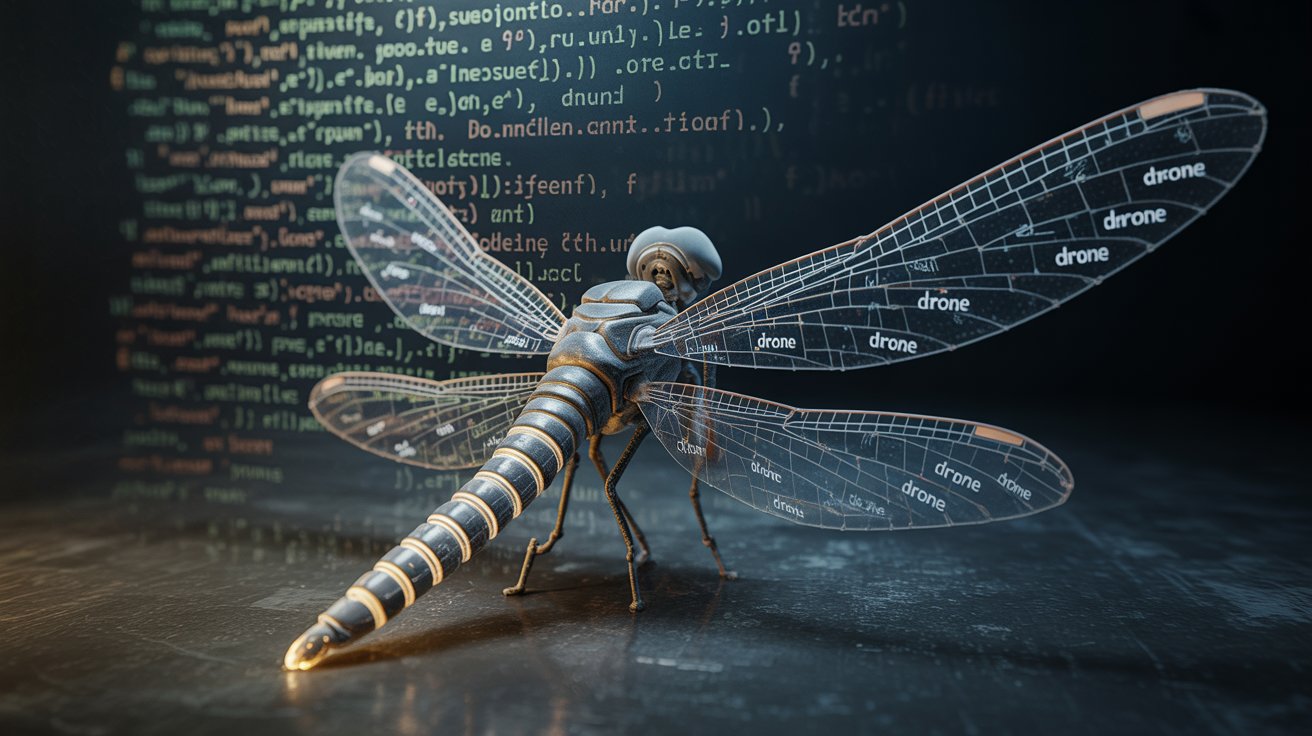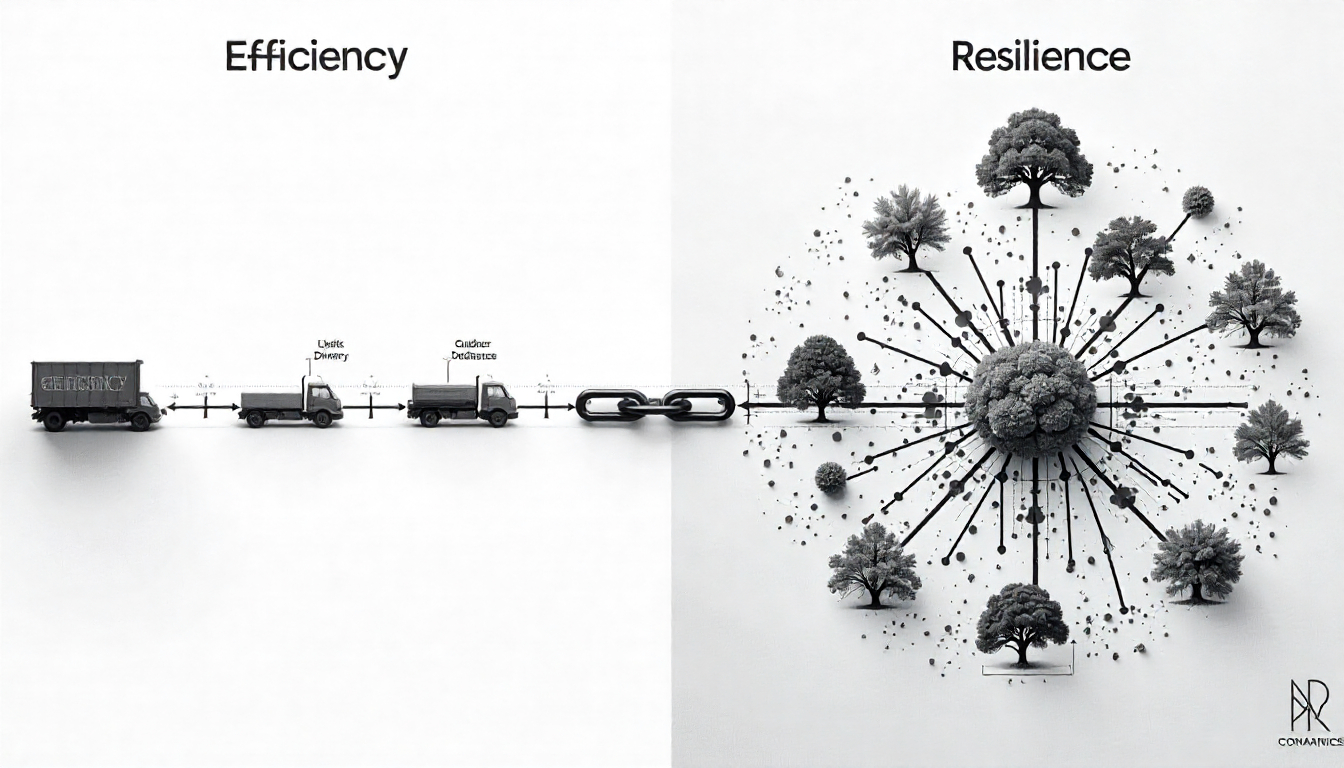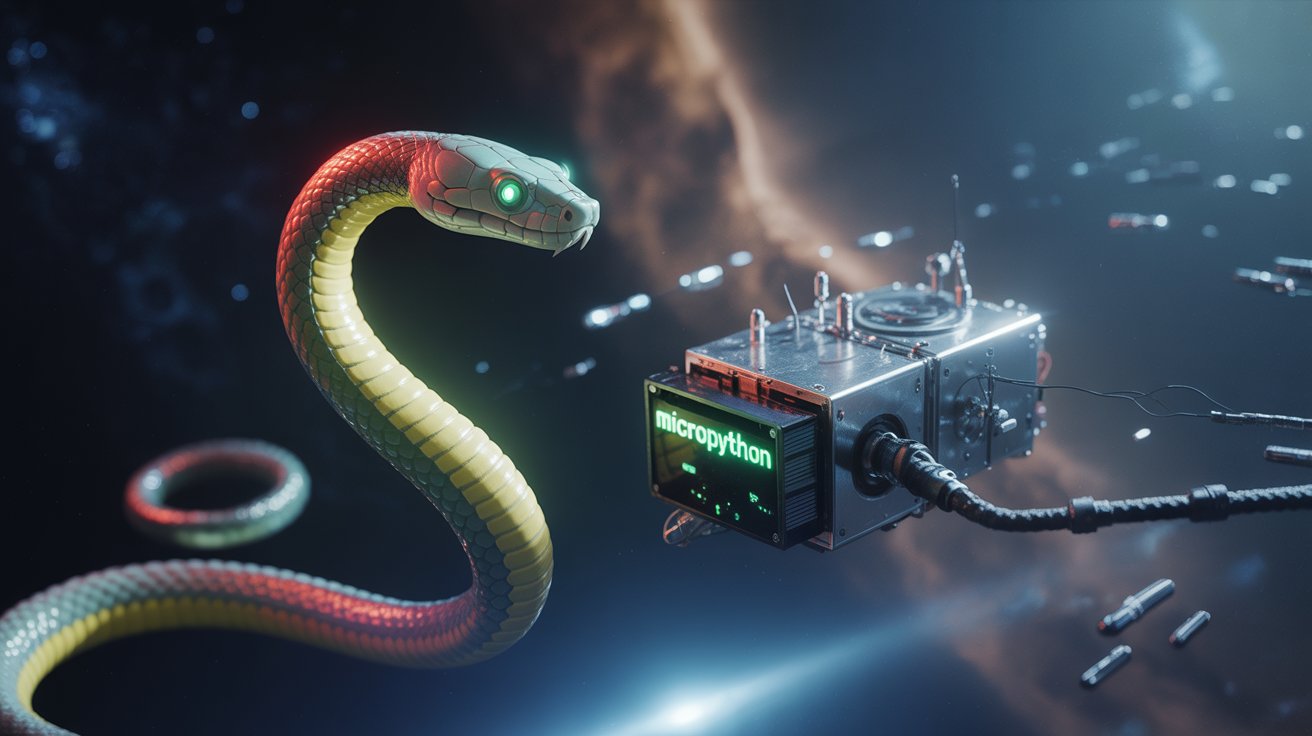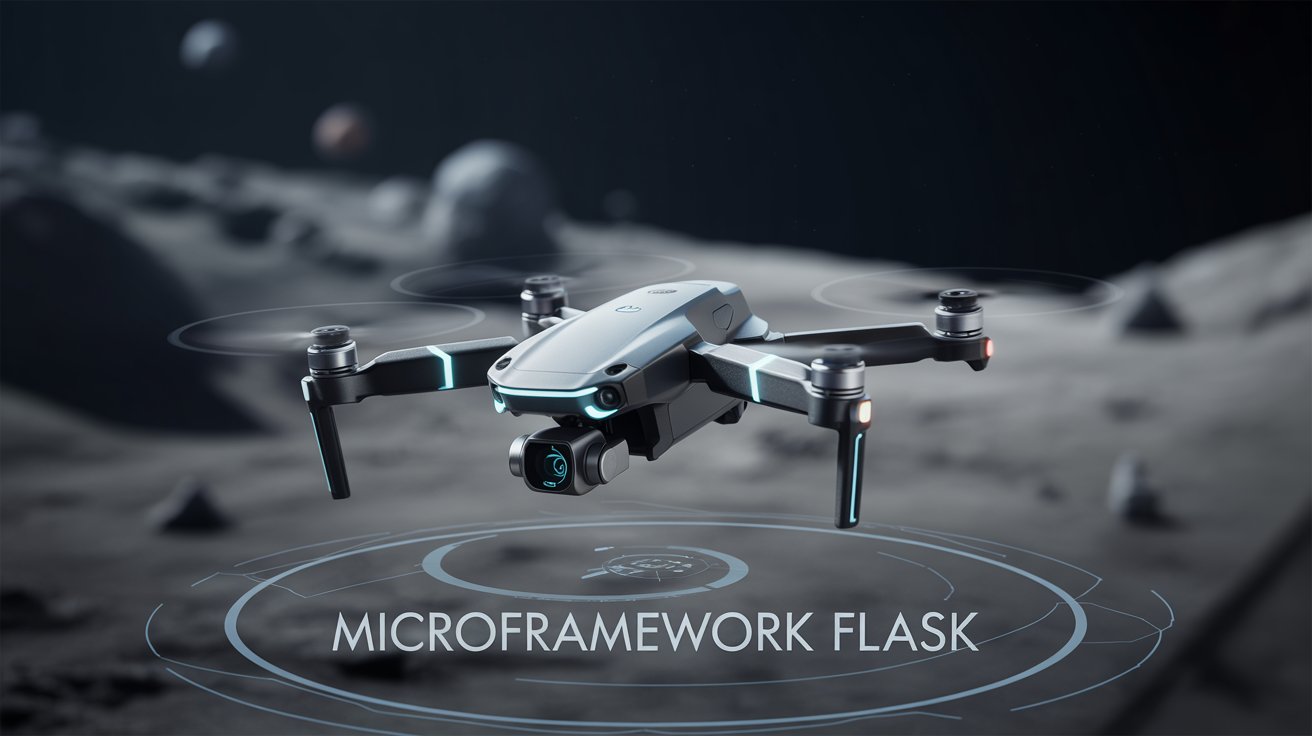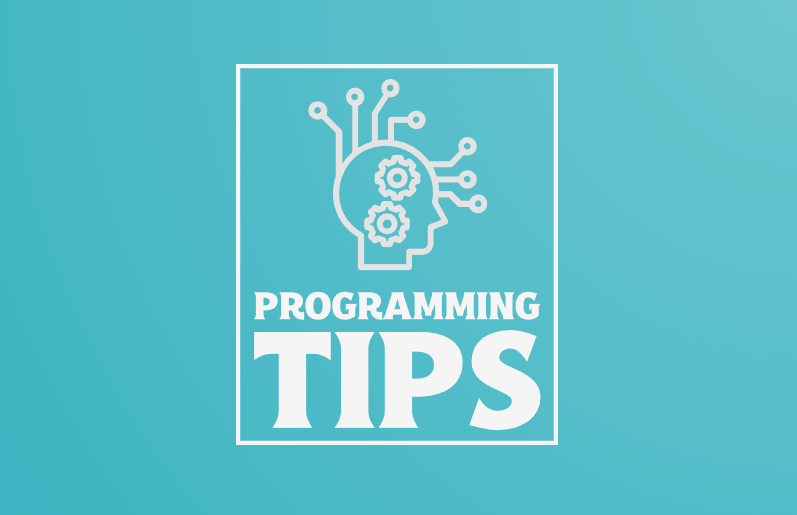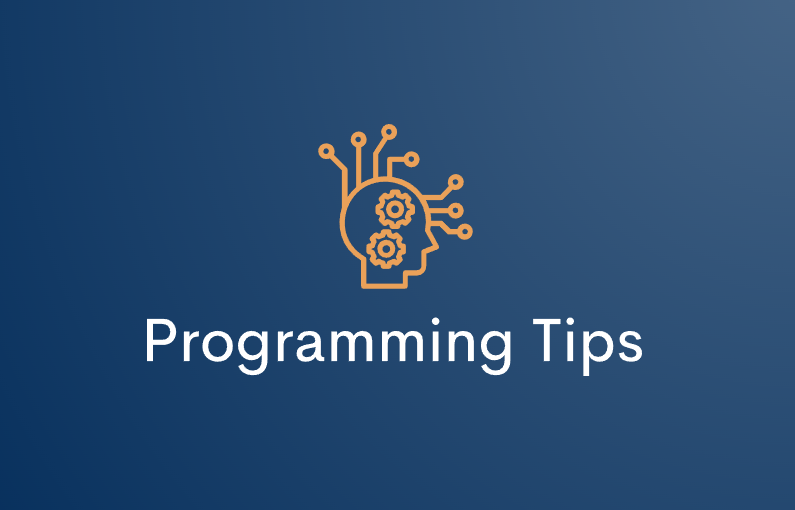Blog
An explorer’s logbook: Navigating technology, strategic learning, and the challenges of our next frontier.
From Raw Signal to Strategic Insight: Building a Data Pipeline with Python
Data. Signals. A constant stream of information. Our goal isn’t just to collect it; we need to capture it, touch it, grasp it, and process it. Ultimately, we must transform this raw noise into a format where we immediately understand the story it tells.
We need to move from Data to Information to Insight—and finally, to Action.
Here is the operational blueprint for a modern Data Science workflow using the Python ecosystem.
The Digital Survival Drive: Building an Autonomous Cyber-EDC
Carrying a knife, a light source, and a way to make fire is the baseline of physical preparedness – Everyday Carry (EDC). Everything else depends on the context and the terrain: a medkit and compass for the wilderness, extra water for the desert, thermal gear for the poles.
This motivated my latest project: a specialized EDC USB drive designed for Digital Survival.
The Modern Architect's Playbook: A Guide to AI-Assisted Development
In the new era of software development, simply using AI tools isn’t enough. Without a clear methodology, we risk creating chaos faster than ever before. True efficiency comes from a disciplined, architectural approach where the human guides and the AI executes.
This is the playbook for that process – a practical guide for the modern systems architect, framed as the training protocol for the next generation of space explorers.
Basic Training is Over: The New Role of Developers in the AI War Room
As AI automates the ‘soldier’s’ work of writing code, our value is shifting to that of the ‘general’—the architect and strategist who designs the plan and commands the tools.
I explore this fundamental paradigm shift, the new career ladder for tech professionals, and why deep learning in programming is more critical than ever—not to write code, but to lead. Read my full analysis in theis article.
The Surprising Advantage: Why Learning a Third Language in Your 30s and 40s is Easier Than You Think
Most of us learn a second language in school—usually English, the modern lingua franca for business and communication. For many, that combination of a native tongue and English is enough for a lifetime. But sometimes, life presents a new chapter: a new job, a relocation, a partner—and suddenly, as an adult, you need to learn a third language.
AI-Resistant Skills: A Practical Framework for Your Career in the AI Era
Which fields will remain AI-resistant or “future-proof”? What career direction should we focus on? Which specializations are truly worth investing our time and effort in? What – and how deeply – should we study? … And most critically, how do we figure all this out in a rapidly changing technological landscape?
Strategic Learning in the AI Tech Tsunami
The sheer velocity of AI development is unprecedented. Gone are the days of comfortably mastering one tool before the next arrived. Now, it’s a constant flood of new models, libraries, and agents demanding attention.
The Stagnation Trap & The Chaos Paralysis: A Strategy for Learning in a Complex World
It’s tempting to view the human brain as a biological computer: a sum of data and algorithms where, after a certain threshold of complexity, intelligence simply emerges as a byproduct. But our consciousness is not nearly so simple.
The Hidden Cost of AI: Are We Automating Our Ability to Think?
Earth is Not Enough: The Strategic Case for Asteroid Mining
We need resources – raw materials and energy. In the near future, we will need substantially more. It is unrealistic to aim for self-sufficiency, whether in materials (from sand and steel to PGMs & REEs) or in energy (oil, electricity), just to maintain our current standard of living, let alone for any civilizational advancement.
The Biology of Code: What Insects Can Teach Us About Great Software Design
The Efficiency Trap: Why Resilience is Your Most Valuable Asset
We’re all chasing efficiency. It’s the golden rule of modern business: focus on the core mission, maximize profit, cut operational costs, increase complexity, and automate everything. The ideal is a perfectly optimized system that runs itself, a self-perpetuating moneymaking machine. It’s an alluring vision – fully utilized resources, zero downtime, no redundant inventory, just-in-time delivery. This is the clear path to success… isn’t it?
The Heart of a Language: My Key to Truly Learning
When I learn a language, I’ve found that grammar rules, vocabulary lists, or set phrases are far less important than finding the “key” to the language. This key is the fundamental, deep-seated characteristic – the true heart of the language. How does it actually work? What is its core principle for transferring information? Once I find and understand that key, everything else falls into place, and learning becomes significantly easier and more intuitive.
Ignition Sequence: How to Flash MicroPython onto Your ESP32
We are going to breathe the soul of code to into its metal body – which means to bring your ESP32 microcontroller to life and open the door to the world of the Internet of Things(IoT), sensors, and robotics? The first critical step is uploading the MicroPython firmware, the “mission OS” that will allow you to command your hardware using the simple and powerful Python language.
MicroPython: Bridging the Digital and Physical Worlds
There comes a moment in many developers’ journeys, after we’ve learned to pull data from the internet, manage files, and deploy our first applications (perhaps with a framework like Flask), when we feel a desire for something more .. tangible. We want to feel and touch the results of our coding efforts, to see them realized into something more solid and real than just pixels on a screen.
Flask: Build Your Mission Control HQ for the Web
Once you’ve mastered the basics of Python (if not – read this Python guide first) you are ready for your next frontier. Let’s move from writing scripts to building things that live and breathe on the internet: web applications, build REST APIs and master dynamic data management. To do that, you need a web framework. But which one should you choose for your first mission?
Why Python? My Guide to Your First Digital Expedition
Thinking about learning a new skill, perhaps diving into the world of programming? It’s a great decision, a sign that you’re ready to step out of your comfort zone. But then come the questions: What’s truly important to focus on? Which programming language should I learn? And how do I even start this journey?
AI & The Future of Coding: Navigating the Next Decade to 2035
This roadmap dives into the major milestones expected from AI & prompt engineering from to 2035. Let’s break down the trends, skills, and shifts that will define the next decade in AI development and prepare you for what’s coming!
Programming Tips I.
So you decided to learn something new. A good decision. It shows you are willing to step out of your comfort zone and decided to put some time and effort into something. But what should you think of? What’s important? What programming language to learn? And how to start? Let’s dive into it..
Programming Tips II.
No matter what programming language you choose, the basics are the same everywhere, and there’s no way you can chart new territories or reach distant destinations (in coding) without mastering the fundamental navigation skills first.
Even if you somehow shortcut your way, you’ll likely get lost later anyway, and finding your way back will be tough. So let’s take a look at these essential tools and concepts for your coding expedition.
Analysis of the IT job market in Czechia for graduates & juniors in 2024
Analysis of the Czech IT job market. For those who successfully finished re-qualification at IT coding & programming courses and academies.
Prague market now – 2024. Current trends and the future of programming. My thoughts and ideas on preparing for a job in this environment.


